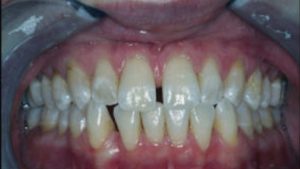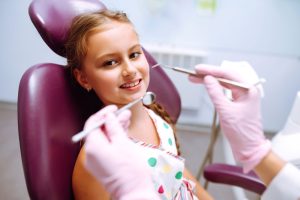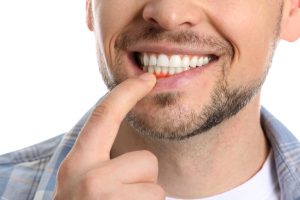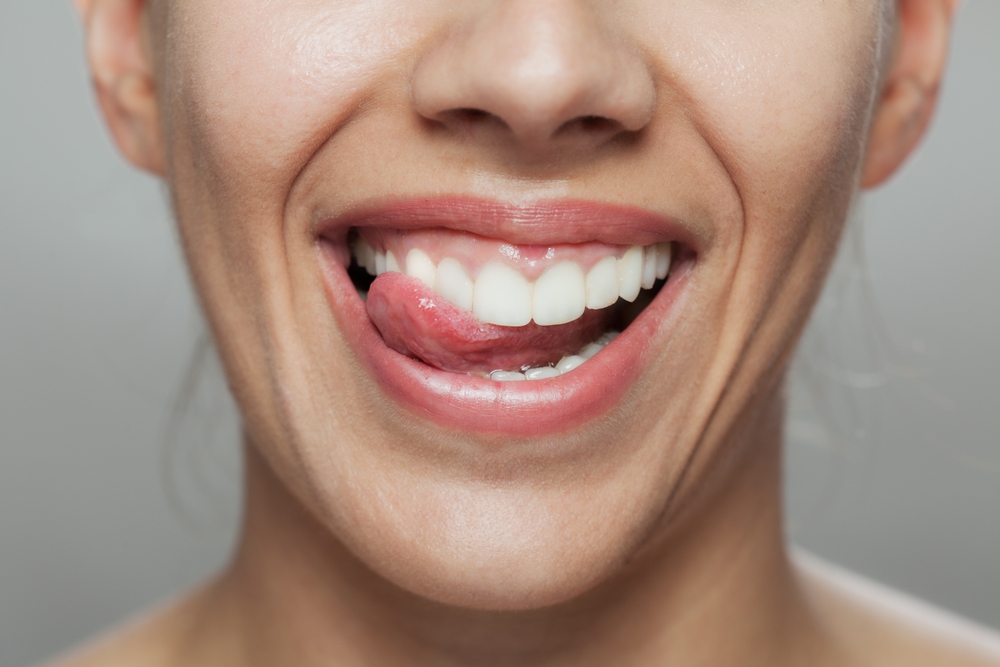Madison Dental Care’s Candidacy Assessment Process
Comprehensive Examination
Your candidacy evaluation begins with a thorough examination of your teeth, gums, and bite. We assess your current oral health status and identify any issues that need treatment before beginning Invisalign. This examination includes checking for cavities, gum disease, and other conditions that could interfere with successful treatment.
Advanced Digital Imaging
Our practice uses the iTero Element 5 digital scanner to create precise 3D models of your teeth. This technology provides detailed information about your current alignment and helps us determine if Invisalign can achieve your desired results. The digital scan also allows us to show you potential treatment outcomes before you commit to treatment.
Treatment Planning Discussion
Based on your examination and imaging results, we’ll discuss whether you’re a good Invisalign candidate. If you are, we’ll explain the treatment process, timeline, and expected outcomes. If Invisalign isn’t suitable for your situation, we’ll recommend alternative treatments that can better address your needs.
Who Are the Ideal Invisalign Candidates?
Invisalign is a versatile treatment option, but it’s not suitable for every dental situation. Understanding whether you’re a good candidate helps you make an informed decision about your orthodontic care.
Adults and Teens with Fully Developed Teeth
Most Invisalign candidates are teenagers and adults whose teeth and jaws have finished developing. This typically means patients aged 12 and older, though the exact age can vary based on individual development.
Adult patients particularly appreciate Invisalign’s discreet appearance. Whether you’re a professional, parent, or student, the nearly invisible aligners allow you to straighten your teeth without drawing attention to your orthodontic treatment.
Patients with Mild to Moderate Dental Issues
Invisalign works best for patients with mild to moderate orthodontic problems. The clear aligner system can effectively address many common alignment issues when they fall within certain parameters.
Complex cases may require traditional braces or other specialized treatments. During your consultation, our team will assess whether your specific situation falls within Invisalign’s treatment capabilities.
Dental Conditions Invisalign Can Treat
Crowded Teeth
Crowded teeth occur when there isn’t enough space in your jaw for all your teeth to align properly. This leads to overlapping or crooked teeth that can affect both your smile’s appearance and your oral health.
Invisalign can gently shift crowded teeth into proper alignment. The gradual movement creates space and establishes a more harmonious smile while improving your ability to clean between teeth effectively.
 Gaps Between Teeth
Gaps Between Teeth
Noticeable spaces between teeth can affect your smile’s appearance and potentially impact your bite. Small to moderate gaps are often easily corrected with Invisalign’s clear aligner system.
The aligners apply controlled pressure to move teeth closer together, closing gaps for a more even appearance. This improvement often boosts confidence and makes oral hygiene more effective.
Bite Issues
Invisalign can address various bite problems, though the severity determines treatment success:
- Overbite: When upper teeth overlap the lower teeth excessively, it can cause wear patterns and jaw discomfort. Mild to moderate overbites respond well to Invisalign treatment.
- Underbite: This occurs when the lower teeth protrude past the upper teeth. Less severe underbites can often be improved with clear aligners.
- Crossbite: When teeth don’t align properly and some upper teeth sit inside the lower teeth, it can cause uneven wear. Invisalign can help correct many crossbite situations.
Orthodontic Relapse
If you previously had braces but your teeth have shifted over time, Invisalign offers an excellent solution for realignment. Many adults experience minor tooth movement years after orthodontic treatment.
Invisalign provides a convenient way to address this relapse without undergoing traditional braces again. The treatment is often shorter than initial orthodontic care since major corrections have already been made.
Who Might Not Be Suitable for Invisalign?
Severe Orthodontic Cases
Significant crowding, complex bite issues, or severely rotated teeth may exceed Invisalign’s capabilities. These situations might require traditional braces, specialized appliances, or even surgical intervention. Our Madison dentists will honestly assess whether Invisalign can achieve your desired results. If not, we’ll recommend alternative treatments that can better address your specific needs.
 Young Children
Young Children
Invisalign is generally designed for patients with fully developed teeth and jaws. Very young children typically need to wait until they’re older and their dental development is more complete. Primary teeth are still changing, and jaw growth continues throughout childhood. Traditional orthodontic approaches may be more appropriate for younger patients.
Compliance Challenges
Invisalign requires wearing aligners for 20 to 22 hours per day. Patients who cannot commit to this schedule may not achieve successful results. The removable nature of aligners requires discipline and responsibility. If you’re not prepared to wear them consistently, traditional braces might be a better option.
Extensive Dental Restorations
Multiple dental crowns, a bridge, or certain dental implant configurations may complicate Invisalign treatment. These restorations can interfere with aligner fit and tooth movement. Our team will evaluate your existing dental work during consultation to determine if Invisalign is feasible with your current restorations.
Poor Oral Hygiene Habits
Invisalign requires excellent oral hygiene, including brushing and flossing after every meal before reinserting aligners. Poor hygiene habits can lead to tooth decay and gum disease during treatment. If maintaining good oral hygiene is challenging, we may recommend addressing these habits before beginning Invisalign treatment.
 Active Dental Problems
Active Dental Problems
Untreated tooth decay, active gum disease, or other oral health issues must be resolved before starting Invisalign. These problems can worsen during orthodontic treatment if left untreated. Our comprehensive examination identifies any issues that need attention before beginning your Invisalign journey.


 Gaps Between Teeth
Gaps Between Teeth Young Children
Young Children Active Dental Problems
Active Dental Problems